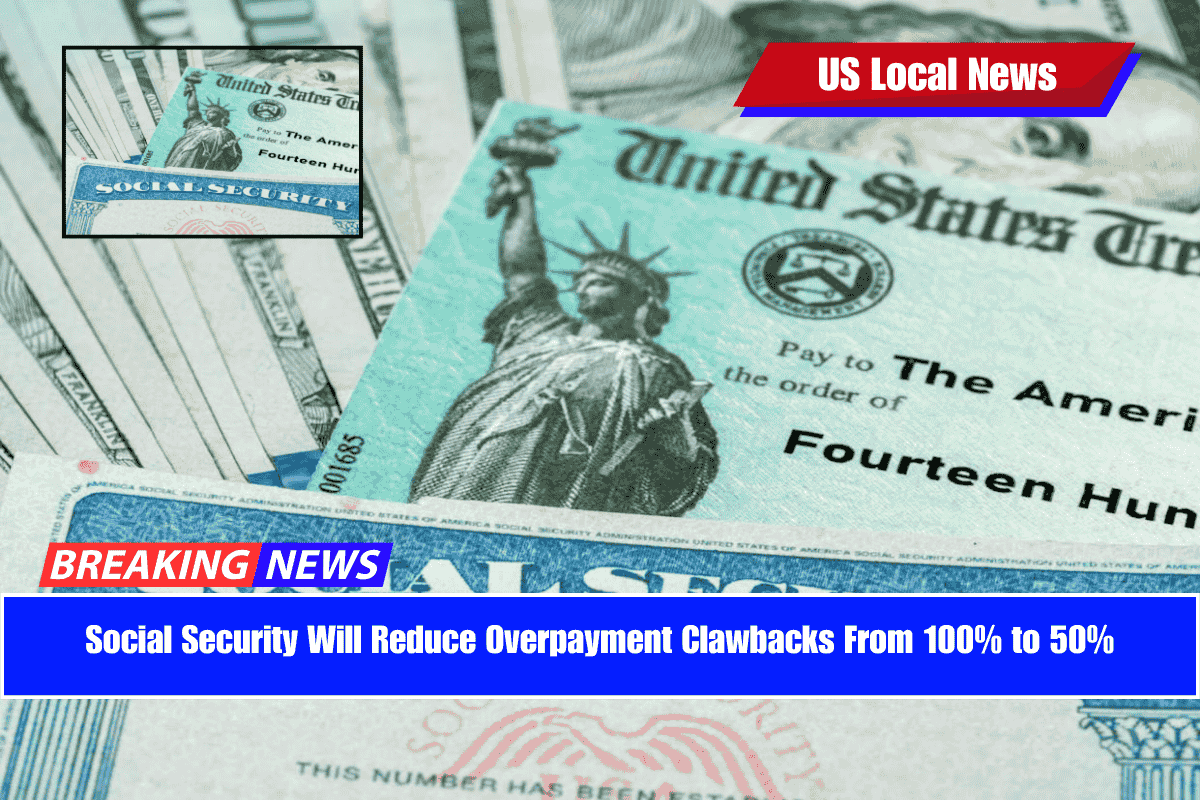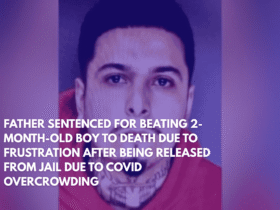The Social Security Administration (SSA) is backing down from a controversial policy that allowed it to take 100% of a beneficiary’s monthly check to recover overpayments.
In a message sent to SSA employees on April 25, the agency said it will now reduce that rate to 50%, following growing criticism and concerns that the earlier policy caused financial hardship for seniors and people with disabilities.
What Changed and Why?
In March 2024, the SSA, under Acting Commissioner Lee Dudek, had increased its overpayment recovery rate from 10% to 100%, meaning many people lost their entire monthly benefit until the overpaid amount was repaid.
The change was said to be part of a cost-cutting effort in partnership with Elon Musk’s Department of Government Efficiency (DOGE).
However, after strong public backlash, especially from senior citizens and SSDI (Social Security Disability Insurance) recipients, the SSA quietly changed course — now saying it will take only 50% of the benefit each month for overpayment recovery, starting April 25.
Why Overpayments Happen
Overpayments are a long-standing issue within Social Security. Often, beneficiaries are unaware they’ve been overpaid until they receive a notice. In fact, a 2022 report from the SSA Inspector General found that 73,000 overpayments were due to errors within SSA’s own systems, such as:
- Inaccurate benefit calculations
- Inadequate tools for employees
- Lack of proper automation
These mistakes are not always the fault of the beneficiaries, yet many are left bearing the burden of repayment.
Who Is Most Affected?
People who rely heavily on Social Security — especially disabled individuals receiving SSDI benefits — are among the hardest hit. Many receive an average of $1,538 per month, and a large portion depend on this check for most or all of their income.
Dan Adcock from the National Committee to Preserve Social Security and Medicare explained:
“Even a 50% deduction can be devastating for SSDI recipients who already live on limited income. It could mean not affording rent, groceries, or medicines.”
A Step Forward, But Still Not Enough?
In 2023, the Biden administration had temporarily capped the clawback rate at 10%, but that policy was reversed in March 2024 before this latest adjustment.
While the reduction to 50% is seen as a step in the right direction, advocates argue that more reforms are needed — especially for those who rely on Social Security for survival.
More than 670,000 recipients were affected by clawbacks last year, with many still struggling financially due to these deductions.











Leave a Reply